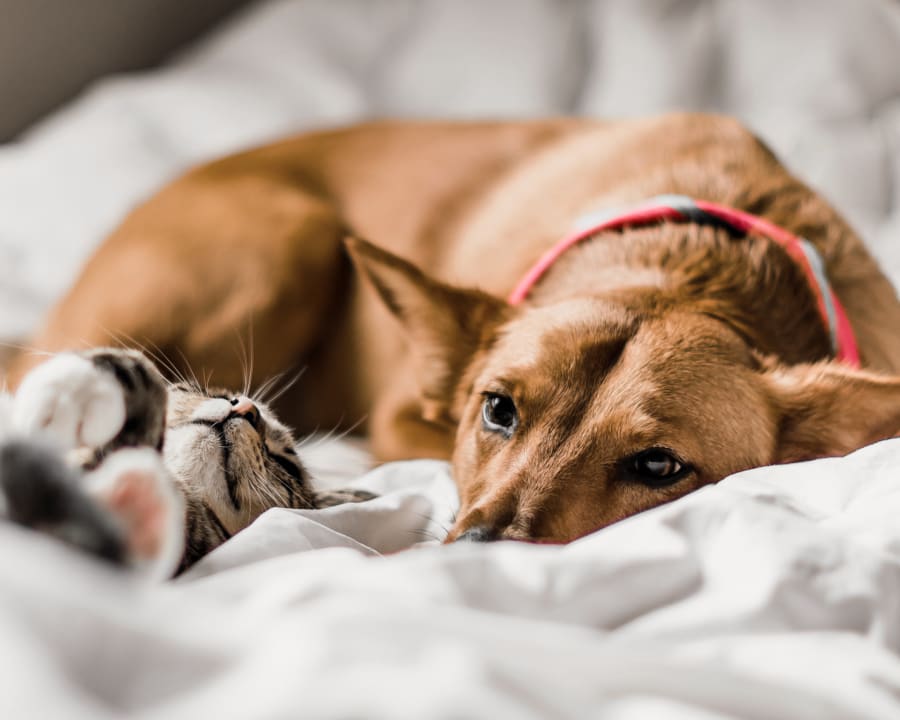
Understanding the basics of pet insurance is essential before you buy. A deductible is the initial cost. These deductibles are usually annually and must be met each calendar year. Some companies have a "per condition" deductible. This means that you will have to pay a new deductable each time your pet develops an unusual condition.
Pre-existing conditions aren't covered by pet insurance
Pet health insurance may not cover certain medical conditions, including certain types of cancer. Some of these conditions cannot be curable. It is possible that a pet will require ongoing medical treatment after being diagnosed with such a condition. Although pet insurance does not cover these illnesses, payment assistance may be available to help pay for treatment.
Some pet health insurance plans cover pre-existing conditions. They don't cover future conditions. For the best coverage, it is important to shop around. Also, make sure to get pet health insurance as soon and as often as possible.

Annual deductibles
When shopping for pet insurance, it is important that you understand your deductible. These amounts can vary from one company to the next, so you need to consider which deductible is best for your situation. Annual deductibles range from $50 up to $1,000. Certain companies offer a zero deductible option that allows you to pay only your monthly premium.
An annual deductible is an amount that you must pay each year to receive reimbursement for your pet's health bills. To give an example, if your pet has a $500 annual deductible, you'll need to pay it out of pocket each year before the insurance provider reimburses you. This may seem like a lot, but it's important to remember that annual deductibles are usually cheaper than per-incident ones.
Reimbursement rates
Understanding how reimbursement rates work is essential when you buy pet insurance. These rates are based on the percentage of vet bills covered by your plan. Two methods can be used to calculate reimbursements. One uses a predeductible method, while the other uses an after-deductible.
Most pet insurance policies do not cover the full cost of veterinary bills. The cost of the pet's medical treatment is your responsibility, and your coverage is based on the reimbursement rate. Depending on what plan you choose, you could be responsible up to 10%-30% of the bill. It's possible that you could be liable for thousands of dollars in bills without a pet insurance policy.

Limitations on coverage
When shopping for pet insurance, it's important to understand the limits and exclusions for certain types of coverage. The majority of policies have an annual maximum payment limit. Once that limit has been reached, your pet will not be covered for any additional costs until the following year. However, there are some companies that offer unlimited plans which have no annual limit.
Your pet's age or personality can have an impact on the coverage you need. For example, a younger pet may be more prone to accidents than an older, more sedentary pet. Older pets are more likely to develop certain diseases, such as cognitive decline and cataracts. Consider your pet's breeding, as certain breeds may be predisposed to certain illnesses.